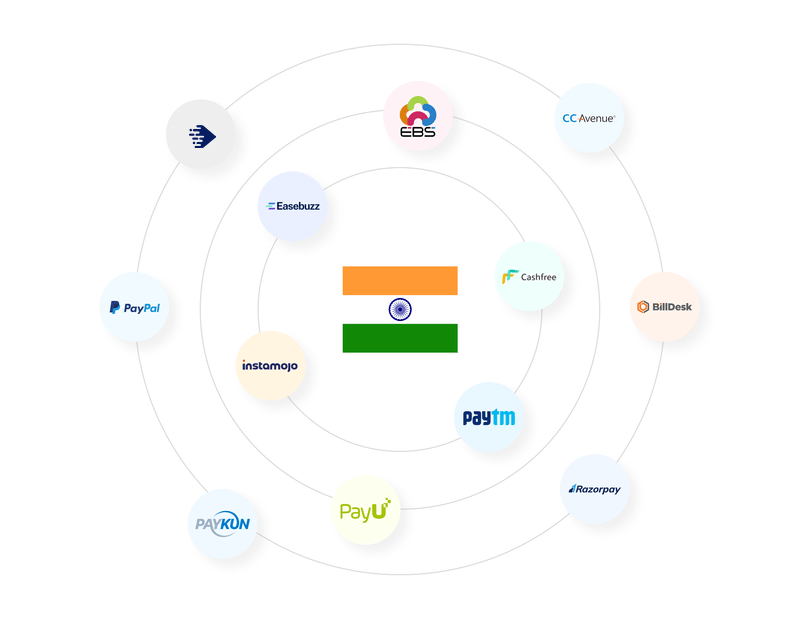AUTHOR: NUZAT SAYYED
DATE : 23-08-2023
In a digital age where transactions[1] happen at the speed of light, understanding the intricacies of payment processing[2] in India is crucial for businesses and also consumers alike. With a rapidly evolving financial [3]landscape, it’s essential to stay informed about the latest trends and technologies in payment processing[4]. This article will guide you through the world of payment processing [5]in India, covering everything from traditional methods to cutting-edge digital solutions
Introduction
The Indian payment landscape has witnessed a significant transformation over the years, driven by technological advancements and changing consumer preferences. In this article, we’ll explore the various payment methods available in India, their benefits and also challenges, and the future of payment processing.
Traditional Payment Methods
Cash Payments
Cash transactions have long been the backbone of India’s economy[1]. Despite the digital revolution, cash[2] is still widely used, especially in rural areas[3]. It offers the advantage of immediate settlement but comes with security concerns.
Cheques and Demand Drafts
Cheques and demand drafts[4] are commonly used for large transactions and official payments. They provide a paper trail and are considered secure but involve longer processing times.
Credit and Debit Cards
Credit and debit cards have gained immense popularity in urban India[5]. They offer convenience, security, and rewards, making them a preferred choice for online and also offline transactions.

Digital Wallets
Digital wallets have taken the Indian market by storm. These mobile apps allow users to store money, make payments, and even invest. Let’s take a closer look at a few well-received choices.
Popular Digital Wallets in India
- Paytm: Known for its diverse offerings, from bill payments to shopping and investments.
- PhonePe: A UPI-based wallet that simplifies transactions.
- Google Pay: Offers a seamless integration with UPI and also online services.
UPI: Revolutionizing Payments
Unified Payments Interface (UPI) has revolutionized payment processing in India. It enables instant peer-to-peer transfers and also is widely accepted by businesses.
Setting Up UPI
Setting up UPI is a breeze. Download a UPI-enabled app, link your bank account, set a secure PIN, and you’re ready to make quick payments.
Mobile Banking
Mobile banking apps provided by banks have become essential for managing accounts, transferring funds, and also paying bills on the go.
Payment Gateways for Businesses
Businesses rely on payment gateways to accept online payments. They ensure secure transactions for e-commerce and other digital services.
E-commerce and Online Payments
The rise of e-commerce has fueled online payment methods. From shopping for groceries to booking flights, online payments have become the norm.
Challenges in Payment Processing
As payment processing evolves, it also faces several challenges that need to be addressed.
Security Concerns
With digital transactions on the rise, security breaches and also frauds have become a concern. Robust security measures are essential.
Regulatory Landscape
India’s regulatory framework for payment processing is evolving. Ensuring adherence to evolving regulations is of paramount importance for enterprises.
Future of Payment Processing
The future holds exciting possibilities for payment processing in India.
Blockchain Technology
Blockchain has the potential to enhance security and transparency in transactions, promising a safer payment ecosystem.
Contactless Payments
Contactless payments, using NFC technology, are gaining traction, providing a convenient and also hygienic way to pay.
The Role of Banks
Banks play a pivotal role in the payment ecosystem, providing infrastructure and services for seamless transactions.
Government Initiatives
The Indian government has launched various initiatives, such as Digital India and Make in India, to promote digital payments and financial inclusion.
Conclusion
Payment processing in India is undergoing a remarkable transformation. From traditional cash transactions to cutting-edge digital solutions, the options are diverse. Businesses and consumers must adapt to this evolving landscape to make the most of the convenience and efficiency it offers.
FAQs
- Is it safe to use digital wallets in India?
- Digital wallets in India are generally secure, but it’s essential to follow best practices like setting strong PINs and enabling two-factor authentication.
- What measures can I take to safeguard myself from the perils of online payment fraud?
- To protect yourself from online payment fraud, avoid sharing sensitive information, use secure networks, and regularly monitor your transactions.
- What is the future of cryptocurrency in Indian payment processing?
- The future of cryptocurrency in India is still uncertain, as regulations are evolving. Remaining current with governmental policies is imperative.
- Are contactless payments widely accepted in India?
- Contactless payments are gaining popularity, but their acceptance varies. It’s prudent to verify with the vendor.
- How can businesses choose the right payment gateway in India?
- Businesses should consider factors like transaction fees, security features, and integration capabilities when selecting a payment gateway.





